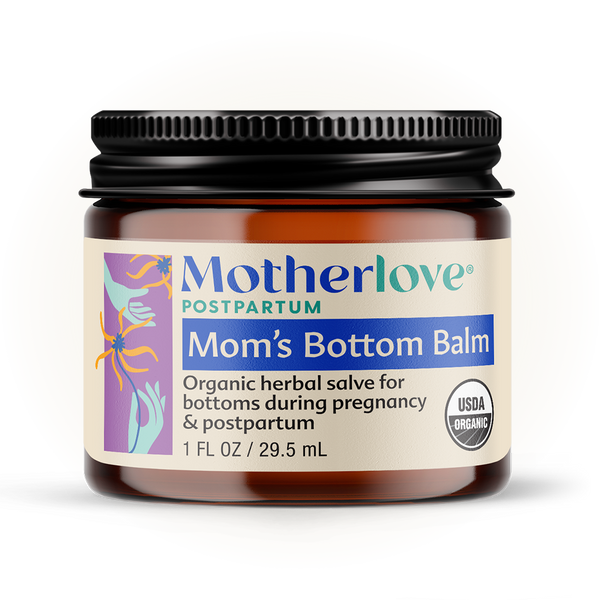Witch hazel is an herb many mothers come to swear by after pregnancy and childbirth, and we thought we’d take a moment to share some details about this powerful (some mothers might say sanity saving!) plant.
FACTS ABOUT WITCH HAZEL
Why the name?
What does this plant have to do with witches? It’s likely an etymological mix-up, stemming from the Middle English term “wiche,” which means pliant or bendable and has nothing to do with witches. Or perhaps the use of the branches of the plant as divining rods is related the name.
Identification
Witch hazel is a shrub or small tree growing in the rich soils of the eastern part of the United States. The star shaped leaves become brilliant colors in the fall while the round fruits, which have projections, shoot their seeds several feet as they ripen.
Witch hazel for motherhood
Witch hazel leaves and bark contain astringent tannins which stop internal and external bleeding. Both the bark and leaves are used to treat hemorrhoids, varicose veins, swelling and bruises, and sore nipples. Internally it stops diarrhea, vaginal discharge and excess menses. Witch hazel is an ingredient found in eye drops and many skin ointments. It was used widely by Native Americans for medicinal purposes.
And of course it’s used widely after childbirth to soothe sore perineal muscles, reduce swelling, slow bleeding, and help ease the discomfort of hemorrhoids. Used in a bath, as a spray directly on tissues or on a pad, or as a balm on hemorrhoids, it’s an effective herbal remedy recommended by moms and doctors alike.
Witch Hazel is a key ingredient in our Rhoid Balm and Sitz Bath Spray.
Image credit: Wikimedia Commons




